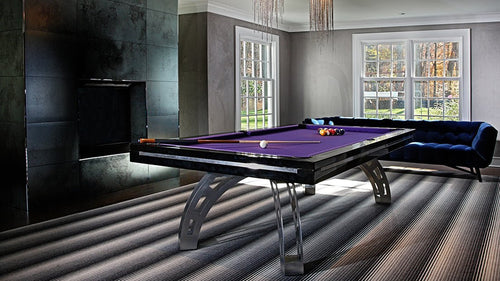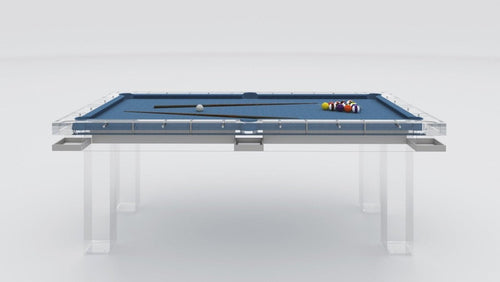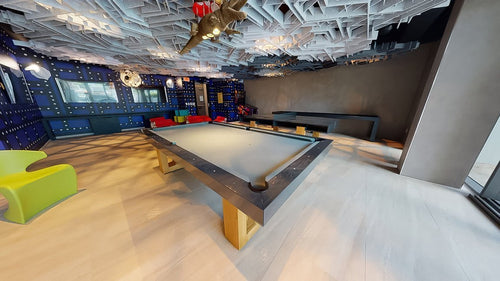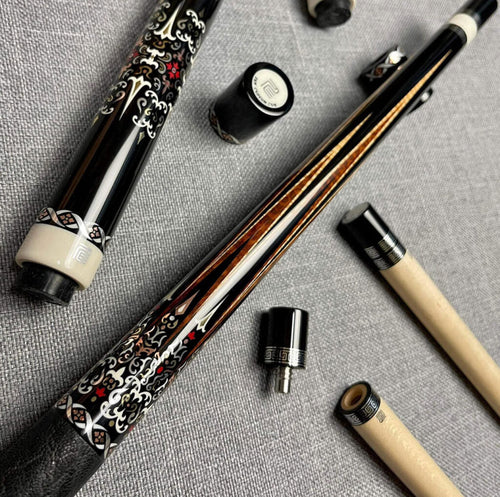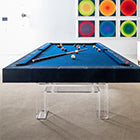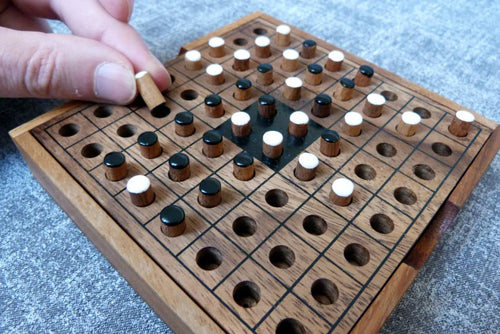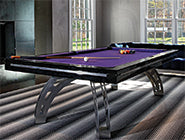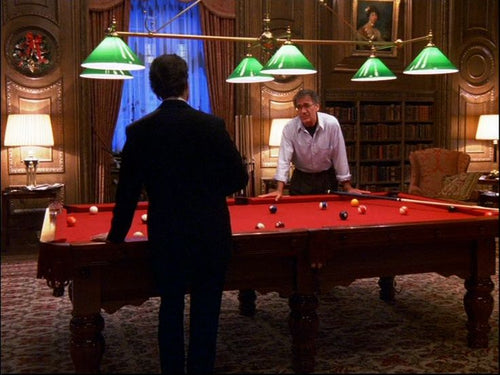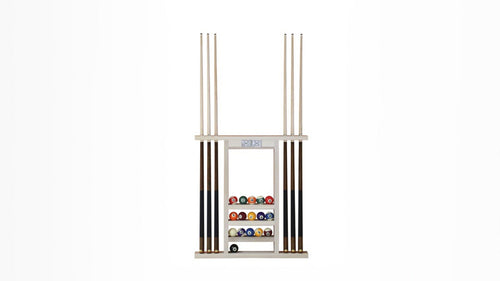Enjoy our modern designs
Estimated Read Time: 6 mins |
In table tennis, consistent practice is the defining factor that separates recreational play from competitive success. While some play for fun, fitness, or social reasons, winning remains a universally satisfying outcome—and reaching that level requires structured, purposeful practice. The development of strokes and tactics through regular training forms the backbone of any player’s improvement journey.
The Two Pillars of Practice
- Technical Practice: Focused on stroke improvement.
- Tactical Practice: Focused on strategic execution and match awareness.
Technical Practice: Refining Strokes and Mechanics
Technical training enhances a player's ability to consistently execute key strokes under varying conditions.
Types of Technical Practice
- Regular Practices: Predictable drills where the player knows ball placement. Ideal for focusing on form, timing, and technique.
- Irregular Practices: Incorporate unpredictability. Players must read the opponent and anticipate placement, simulating match scenarios.
Training Tools and Methods
- Robots: Machines that shoot balls with varying speed and spin. Useful for solo practice, especially when refining stroke mechanics.
- Multi-ball Drills: A coach or partner feeds balls rapidly with real-time variation in spin and placement. Considered more realistic and challenging than robots, and physically demanding.
- Core Stroke Development: Early training emphasizes essential strokes like forehand/backhand push and drive. These are best learned using a neutral grip without changes during execution.
Tactical Practice: Executing Strategy
Tactical practice is about turning strokes into winning patterns.
- Individualized Design: Tactics must suit a player's strengths. A strong forehand player might train to set up third-ball attacks. A control-focused player may practice short serves into backhand zones to initiate rallies.
- Integrated Drills: Tactical sessions often mix technique with situational awareness, demanding players respond to spin, positioning, and ball height.
- Application-Oriented: The focus is not just on hitting the ball well, but knowing when and where to hit it.
Practice in the Broader Training Context
Structured Session Planning
- Warm-up
- Knock-up
- Regular technical drills
- Irregular technical drills
- Conditional or tactical drills
- Match play simulations
- Cool-down
Long-Term Planning (Periodisation)
- Preparation Phase: Build up technique and physical base.
- Competition Phase: Sharpen tactics and execute under match pressure.
- Recovery Phase: Reduce intensity, allow for rest and regeneration.
Physical Conditioning in Practice
When training spans multiple sessions, physical development becomes key:
- Stamina: Running, long multi-ball drills.
- Speed and Agility: Skipping, reaction drills.
- Flexibility and Strength: Stretching routines and resistance training.
Both on-table (e.g., shadow play, multi-ball) and off-table (e.g., skipping, core workouts) methods are used.
Translating Theory to Reality
- Simulation Drills: Designed to mimic game scenarios.
- Free Play Finish: Many drills include an unstructured end segment to promote real-time decision-making.
- Repetition Under Pressure: Situations must be rehearsed repeatedly to become automatic in match play.
Key Areas for Repetitive Practice
- Ball Placement: Targeting the opponent’s wide forehand, backhand, or elbow.
- Pace and Tempo: Practicing changes in rhythm and maximizing speed without losing control.
- Spin Reading and Production: Responding to different spins and generating topspin, backspin, and sidespin effectively.
- Service and Return: Varying spin, placement, and pace. Includes serve feints and practice against deceptive returns.
Resources and Coaching Support
- Clubs and Coaches: Offer structured sessions and feedback.
- ETTA Skills Award Scheme: A progressive framework of drills and exercises.
- ETTA Coaching Manual: A detailed guide for advanced stroke and tactics development.
- Theory Classes: Help link conceptual understanding with practical execution.
Conclusion
Practice is the backbone of success in table tennis. Through technical drills, tactical scenarios, physical preparation, and structured sessions, players transform isolated skills into fluid matchplay. With the right support—from coaches, planning, and repetition—players of all levels can turn practice into performance and elevate their game beyond casual play.


